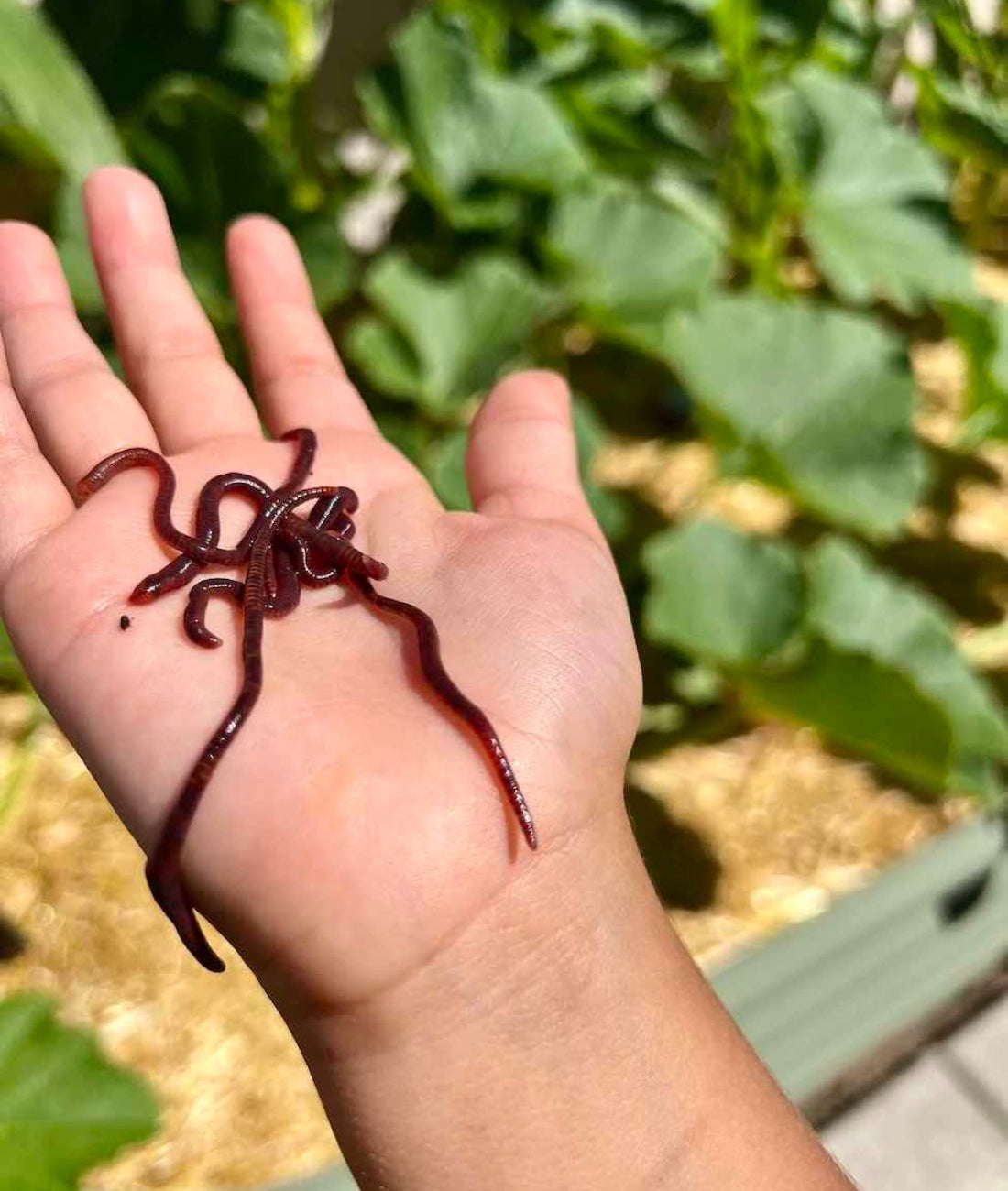Indicators on Red Wiggler Express You Need To Know
Table of ContentsLittle Known Facts About Red Wiggler Express.All about Red Wiggler ExpressThe Ultimate Guide To Red Wiggler ExpressThe Best Strategy To Use For Red Wiggler ExpressThe Only Guide for Red Wiggler ExpressThe Definitive Guide to Red Wiggler Express
Red wigglers and compost worms' favored foods are most fruits - they particularly love bananas, strawberries, raspberries, blueberries, peaches, and melons! Yes - but we recommend feeding potato peels to worms in moderation (Red Wigglers For Sale). Potato peels are starchy and don't damage down easily so they can take a while for the red wigglers to breakdown and eatWe feed our worms at Brothers Worm Ranch two times a week, and the majority of us do the very same with our worm containers in the house. Red wigglers have a tendency to consume more when temperature levels are modest (60-80 levels), so you might find a requirement to feed them extra throughout these periods. If you are leaving for getaway or a journey and are fretted about your worms, there are a couple of things you can do to ensure their survival.
Simply follow these actions and your wiggly friends ought to be great while you're gone: Mix in fresh bed linens to the bin. Bed linen can be the initial kind of bed linen you made use of or several handfuls of shredded cardboard. Provide the surface area of the bed linens a heavy misting so the bed linens doesn't completely dry out.
Unknown Facts About Red Wiggler Express
Area an item of cardboard over the surface area of the bin (this will assist it retain wetness). If you are leaving for more than 2 weeks, we recommend having a friend or member of the family feed and water the worms every 1.5 weeks while you are gone. You can leave food for the worms in the fridge and a tiny spray bottle for watering.
Many thanks for reading and pleased farming!.
Red worms are nature's ultimate composting worm and a fantastic pick for worm farms. Red worms pass several names. They're usually called red wigglers, tiger worms, manure worms, composting worms, and the trout worms. Whatever you call them they're among the most effective composting worms available. Both first time and skilled worm farmers choose the red worm for several reasons.
Red Wiggler Express Can Be Fun For Everyone


Red worms have numerous buildings which make them optimal for the compost container. Of all the worms appropriate for worm farming the red worm is the most adaptable and hearty.
Rotting fallen leaves, yards, wood, and pet manure are all faves of red worms. The red worm's voracious hunger makes it the champ of the garden compost bin and a digital worm casting (a.k.a. worm poop) equipments. Red worms are fairly small, usually getting no larger than 5 inches. Don't underestimate them.
A 24" x 24" worm container can quickly house over 1000 red worms. For those interested in elevating bait worms it's great to keep in mind that crowded red worms will continue to be rather skinny and brief.
Red Wiggler Express for Beginners
An additional advantage of red worms is their capability with stand a vast range of temperature extremes. When the temperature level dips red worms need to be safeguarded from freezing weather condition.
; when temperatures increase keep your worm ranch cool. If your bed linen obtains over 85 degrees red worms will certainly try to escape your containers for cooler locations.
If you do not feed them they will certainly go looking for food. Like all worms red worms take a breath oxygen with their skin. In order to breathe they need a moist, but not saturated bedding product. A damp atmosphere additionally facilitates the malfunction of natural matter in their bed linens material by microbial life kinds.
A worm farm complete of red wigglers is an outstanding way to compost food scraps, left overs, garden waste, and leaves. Feeding redworms is pretty very easy, however there are some basic yet essential points to bear in mind in order to keep you worm ranch healthy and balanced. In this area we will cover what you should and ought to not be feeding your worms.
A Biased View of Red Wiggler Express

But before leaving all the required reproductive materials are scooped up right into the ring. When the mucus ring hands over the worm the end seals up, creating it to taper at one end, creating the acquainted lemon shape of the cocoon. Over the next 20 days the cocoon darkens and sets.
If you do not feed them they will go trying to find food. Like all worms red worms breathe oxygen through their skin. In order to breathe they need a moist, yet not saturated bedding material. A damp environment likewise assists in the malfunction of organic matter in their bed linen product by microbial life types.
A worm farm packed with red wigglers is an outstanding way to compost food scraps, left overs, yard waste, and leaves. Feeding redworms is rather very easy, however there are some fundamental however important points to bear in mind in order to keep you worm farm healthy and balanced. In this area we will certainly cover what you ought to and must not be feeding your worms.
Our Red Wiggler Express PDFs
Throughout mating worms slide along each other up until their clitellum are aligned. Throughout the breeding session, which lasts for about 3 hours, the worms produce mucous rings around themselves.
